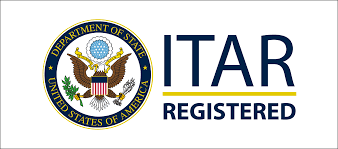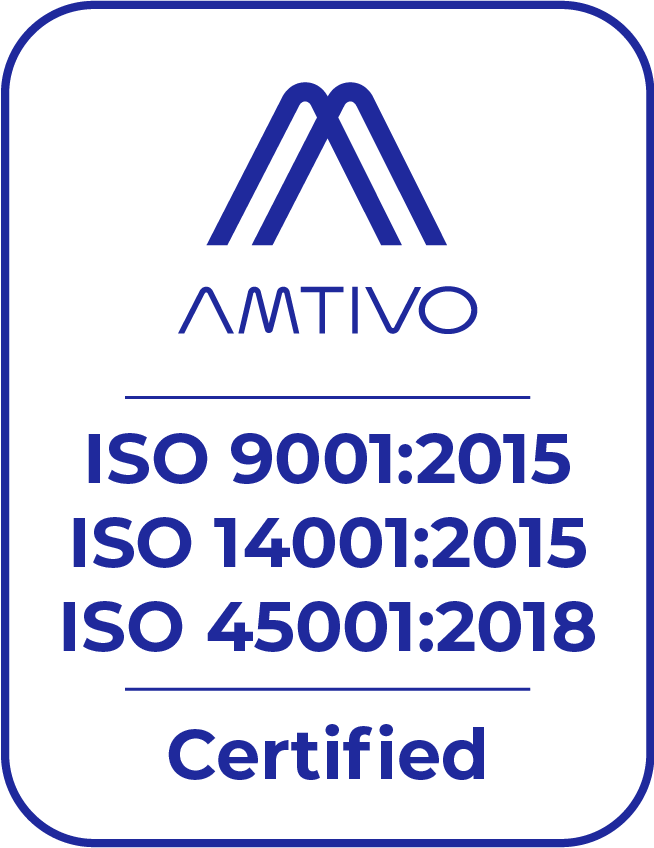
It’s a lose-lose scenario that you can do without — off-lease, excess inventory, consumer returns, or obsolete equipment languishing in your warehouse. Putting action on hold comes at a high cost. Capital tied down in stagnant inventory can become a drain on profits. Finance and insurance premiums may rise. Handling and administrative expenses go up while the value of that inventory contains to drop.
Manufacturing Net warns: “When all additional costs are taken into account, the total cost of holding inventory can represent a shocking 25-30 percent more than the inventory’s unit cost value. In addition, having your cash tied-up in inventory-related expenses has an opportunity cost, which can translate to as much as 15 percent or more.”
The solution to your woes can be found in intelligent global remarketing. By placing your excess inventory and end-of-lifecycle products on the secondary IT markets you can maximize value recovery and create a new revenue stream. But you need an expert remarketing partner to effectively navigate the complex and tightly regulated marketplace for products like servers, storage devices, networking gear, desktops, laptops, LCD displays, memory modules, and CPUs.
So, what should you look for in a remarketing partner that can turn your excess inventory and obsolete equipment into a revenue stream?
Geographic scope: How diversified are the distribution channels of your prospective partner? Is the focus exclusively domestic or does it extend beyond the United States into regions positioned to take advantage of your products? Latin America tends to be underserved by North American companies in the reverse logistics space; yet, the region offers enormous potential for intelligent global remarketing. A partner with a well-established network of Latin American partners as well as its own in-region fulfillment and processing centers gives you premium access to an untapped marketplace.
Market knowledge: It’s one thing to operate in a certain geographic region and quite another to truly know what drives local market demands. Your partner should boast a proven record of success. Does your prospective partner have onsite international sales teams? What does the distribution network look like? How quickly can high volumes of product be moved to meet rapid shifts in local demand? To what extent is your partner in control of the process? Can you expect your partner to visit you onsite to gain a thorough understanding of how your excess inventory and retired assets fit into the remarketing model and align with market trends? How are assets strategically reintroduced into the marketplace without negatively affecting market conditions or adversely affecting market pricing?
Attention to security and compliance: Many stories in recent years chronicle the devastating consequences of data breaches and the disastrous sight of well-known brands turning up in landfills across the globe. That is why it is of utmost importance to carefully examine the certifications and standard procedures of your partner. Certifications such as ISO 9001, ISO 14001, OHSAS 18001, and R2 show the organization never wavers in its commitment to environmental responsibility and keeping your assets safe and secure throughout the remarketing process. What types of data wiping tools are used? Is the partner able to perform such services offsite? What steps are taken to guarantee the safety of your assets prior to redeployment?
Mainstream Global fulfills all of the above criteria. Let us show you how we can leverage intelligent global remarketing on your behalf.
Read more:





